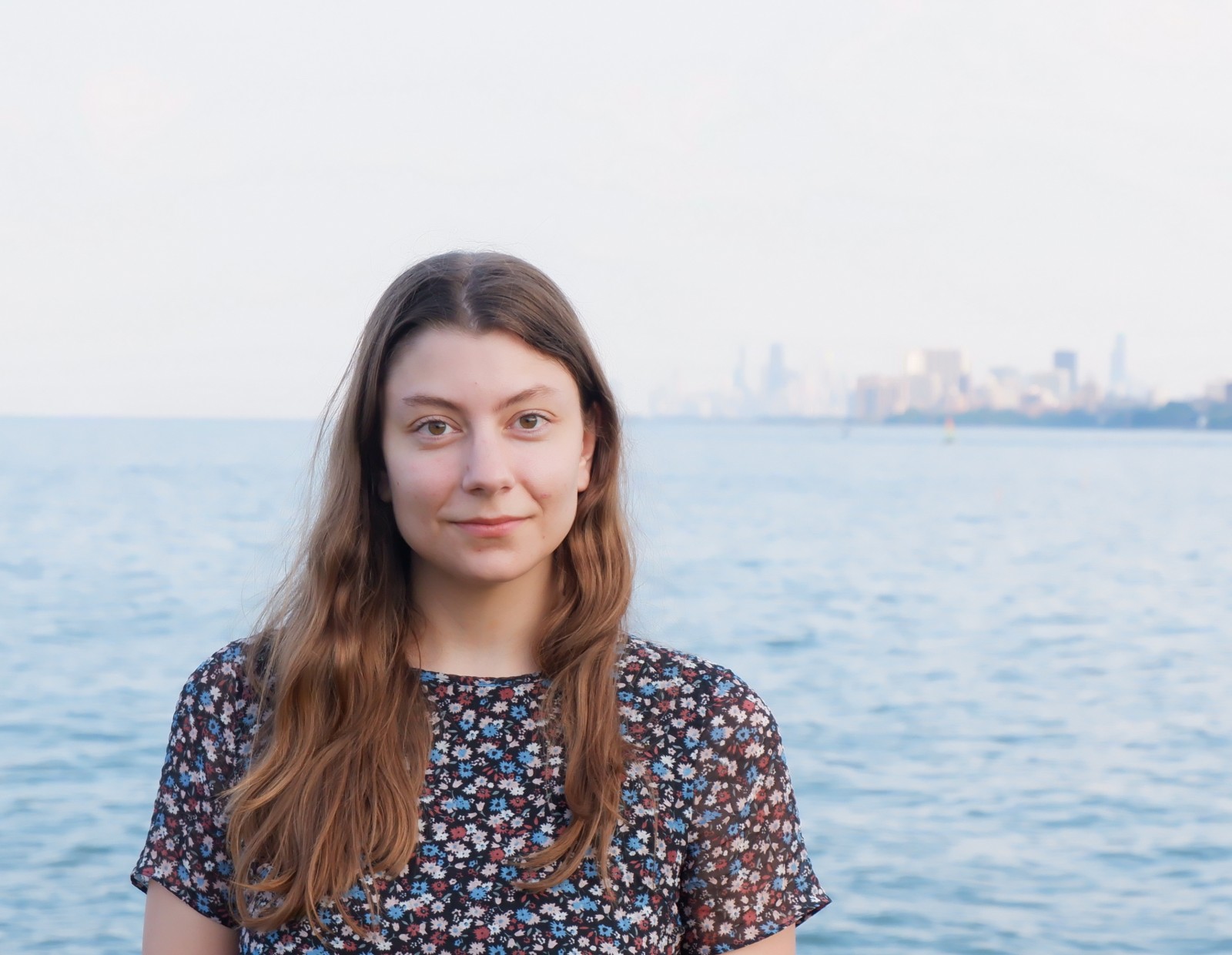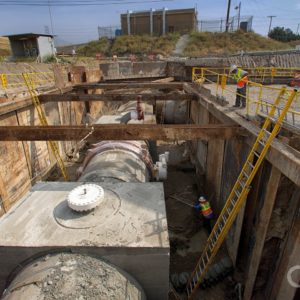
A sign depicts the slain environmental activist Berta Cáceres during a protest on December 4, 2017, in Manhattan. Photo © Joe Catron
By Elena Bruess, Circle of Blue — April 5, 2021
The environmental activist Carlos Cerros was killed in Honduras, in the town of Nueva Granada, at the end of March, local media reported.
Cerros, a member of the Indigenous Lenca people of Central America, was shot dead on the street in front of his children. The 41-year-old was the president of United Communities, a local group protesting against the El Tornillito hydroelectric dam project on the Ulúa River in western Honduras. His death is the latest in a string of attacks in recent years against environmentalists in Latin America.
Honduras is one of the most dangerous countries in the world for land and environment defenders, according to data published by the advocacy organization Global Witness. Since Global Witness began recording data in 2012, more environmental murders have occurred in Latin America than any other region.
“We condemn the killing of yet another comrade and activist,” said Betty Vásquez, the coordinator of the Santa Barbara Environmental Group. “It is not conceivable, it is not right, that they criminalize people, persecute people and later kill them for defending the land. We consider this a political assassination.”
Several people were under investigation in connection with Cerros’s murder, but a suspect has now been arrested, said Juan Sabillón, an inspector with the Honduran National Police.
In the last year, at least a dozen environmental activists were killed in Honduras. Félix Vásquez, also from the Lenca group, was shot in front of relatives at his home last December. The very next day, Jose Adán Medina, a member of the Tolupan Indigenous group, was shot in western Honduras. And in October last year, Arnold Joaquín Morazán Erazo, an activist protesting an open-pit iron oxide mine near Botaderos Mountain National Park, was shot and killed inside his home.
In Honduras, environmental activist deaths rose from four in 2018 to 14 in 2019, making the country the most dangerous per capita that year. The killings are part of a troubling international trend. An average of four activists per week — 212 people in all — were killed in 2019, according to Global Witness’s data. Two-thirds of the murders happened in Latin America.
Indigenous groups suffer more than others. Forty percent of all victims in 2019 were Indigenous, and more than a third of attacks from 2015 to 2019 targeted Indigenous peoples. Research shows that land managed by Indigenous communities has better conservation practices and lower rates of deforestation, according to Global Witness. Opposition to powerful extractive industries puts Indigenous groups at greater risk when protecting their land.
Women activists may also face gender-based violence and sexual assault. In 2016, a prominent Lenca environmental leader, Berta Cáceres, was shot and killed in her home. Her death garnered international attention and shed light on the ongoing violence against activists in Honduras.
Elena Bruess writes on the intersection of environment, health, and human rights for Circle of Blue and covers international conflict and water for Circle of Blue’s HotSpots H2O.





